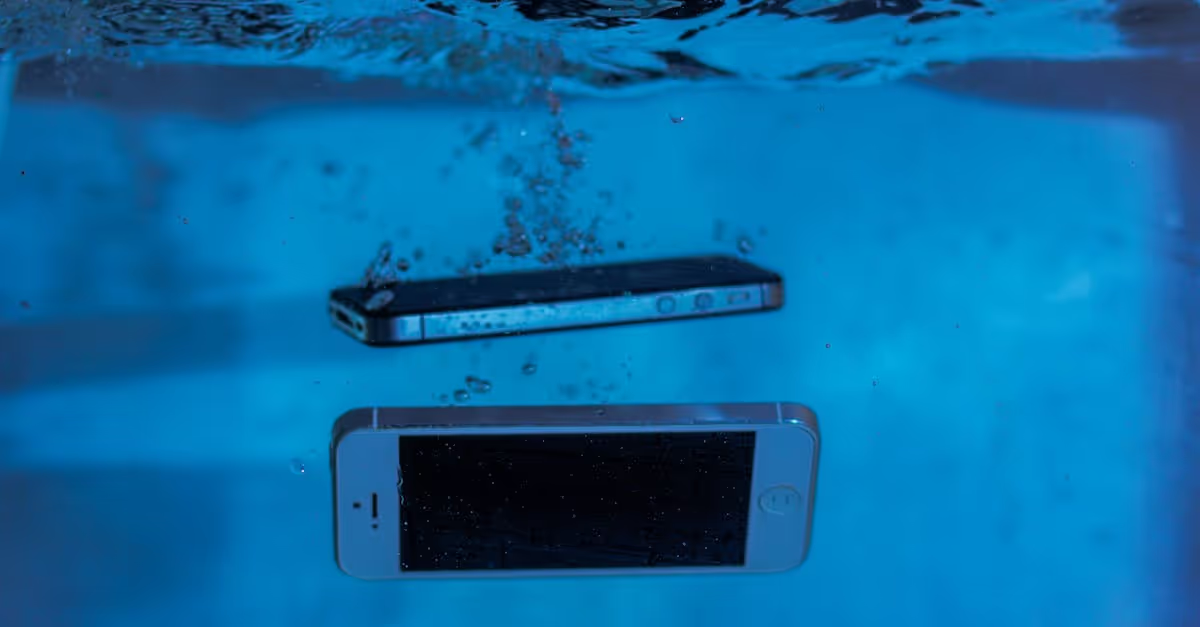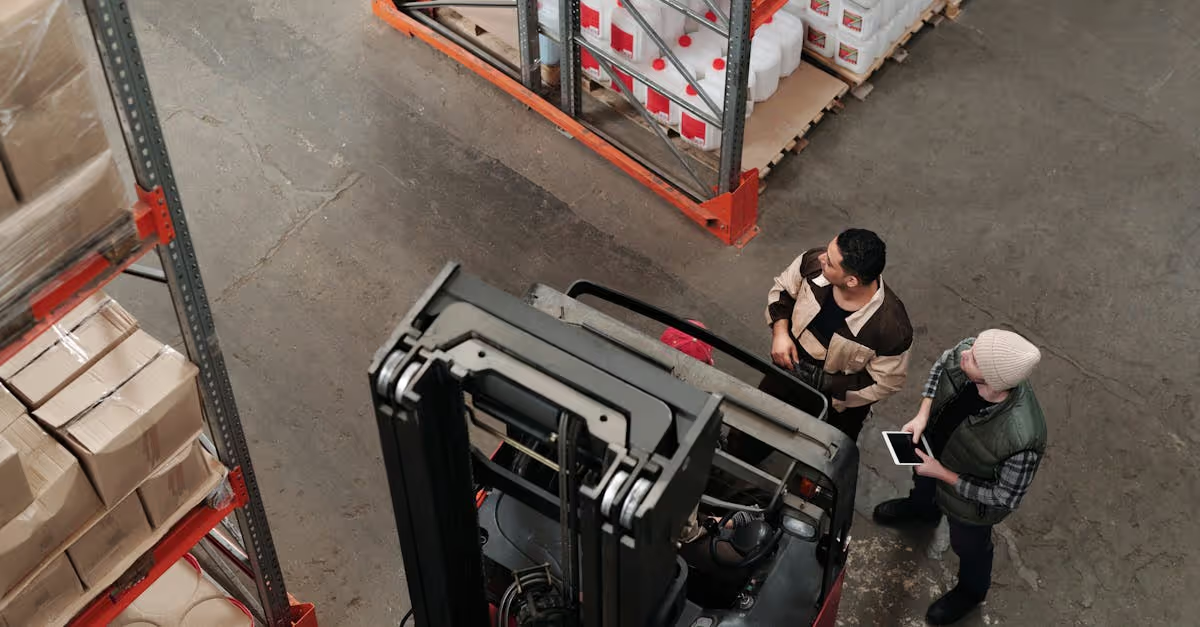Key Takeaways
- Ideal Alkalinity Levels: Maintain pool alkalinity between 80 to 120 parts per million (ppm) to ensure balanced pH, preventing swimmer discomfort and protecting equipment.
- Testing Methods: Utilize test kits (liquid reagents or test strips) and digital testing devices for accurate alkalinity readings, ensuring ongoing pool health.
- Corrective Actions: Adjust alkalinity as needed using sodium bicarbonate to increase levels and muriatic acid to decrease, making gradual changes for more stable results.
- Common Mistakes to Avoid: Be cautious of overcorrection when adding chemicals, and always monitor pH levels alongside alkalinity for optimal water balance.
- Regular Maintenance: Conduct frequent tests to keep track of alkalinity levels, allowing for timely corrective actions and ensuring a safe swimming environment.
Maintaining the perfect pool environment is more than just skimming leaves and adding chlorine. Did you know that proper alkalinity levels can prevent pH swings and protect your pool equipment? Keeping alkalinity between 80 to 120 parts per million (ppm) is essential for a sparkling, safe swimming experience.
Understanding Pool Alkalinity
Pool alkalinity plays a key role in maintaining water balance and protecting our pool investment. Proper alkalinity levels contribute to comfort and safety for swimmers while enhancing the longevity of our pool equipment.
Importance of Alkalinity in Pools
Alkalinity acts as a buffer, stabilizing pH levels in our pool water. When alkalinity is too low, pH can become erratic, leading to potential irritation for swimmers and damaging pool surfaces and equipment. Conversely, high alkalinity can cause cloudy water and hinder chlorine effectiveness. Finding that sweet spot helps create a fun swimming environment. Think of alkalinity as our pool’s best friend, keeping everything in check and harmonious. How often do we test our water to ensure it's in balance? Regular checks help us avoid those unexpected pool cleaning days, right?
Recommended Alkalinity Levels
The ideal alkalinity level falls between 80 to 120 parts per million (ppm). Having this range makes it easier to maintain balanced pH levels and prevents drastic swings. We can achieve this by adding sodium bicarbonate (baking soda) when levels dip or using certain chemicals when levels rise too high. Monitoring these levels doesn’t take long—just a matter of minutes—with test kits or strips available at local pool supply stores. Have any of us ever been caught off guard by low alkalinity? It can turn a lovely day by the pool into a frustrating chore. Let’s keep track of those numbers and enjoy pristine water without the hassles.
Testing Methods for Pool Alkalinity
Testing pool alkalinity involves a few straightforward methods we can use to maintain optimal water quality. Regular checks highlight the health of our pool, preventing potential problems down the line.
Test Kits and Their Usage
Test kits typically come in two formats: liquid reagents or test strips. Liquid reagents often provide more accurate results. We simply add a few drops of the reagent to a sample of pool water and compare the resulting color to a chart. Test strips are quicker—just dip the strip into water and match the colors. During testing, we should aim for a reading between 80 to 120 ppm, the ideal range for alkalinity. If we find ourselves in the low range, it signals that we must add alkalinity-raising chemicals, commonly sodium bicarbonate.
Digital Testing Devices
Digital testing devices push accuracy further. These gadgets often provide readings in seconds and can store multiple readings, giving us a history of our pool's condition. Using a digital device, we take a sample of water, insert the probe, and receive an immediate alkalinity level. Some digital testers connect to smartphone apps, allowing for easy tracking of our results over time. We can ditch the guesswork and enjoy more time swimming instead.
Corrective Actions for Imbalanced Alkalinity
Maintaining balanced alkalinity in our pools keeps the water clear and safe. When alkalinity drifts outside the ideal range of 80 to 120 ppm, corrective actions become necessary. Here’s how we can adjust alkalinity levels confidently.
Increasing Alkalinity
To raise alkalinity, we commonly add sodium bicarbonate, also known as baking soda. A typical recommendation is to add around 1.5 pounds of sodium bicarbonate for every 10,000 gallons of water to raise alkalinity by approximately 10 ppm. It’s smart to dissolve the baking soda in a bucket of pool water before adding it to the pool, which helps it disperse evenly. After adding it, we should wait a few hours and retest the alkalinity to measure the impact. This method creates a buffer that keeps our pool water stable and comfortable for swimmers.
Decreasing Alkalinity
When our alkalinity is too high, the process involves using muriatic acid or sodium bisulfate. Adding about 1 quart of muriatic acid for every 10,000 gallons of water may reduce alkalinity by approximately 10 ppm. Applying the acid in small doses prevents drastic changes that could stress the pool's chemistry. We mix the acid with pool water in a bucket before distributing it around the pool. After waiting for several hours, we should check the alkalinity again to see how effective our adjustment was. Timely adjustments lead to better water clarity and swimmer satisfaction, allowing us to enjoy our pools without worry.
Common Mistakes in Managing Alkalinity
Managing pool alkalinity requires attention and care. Mistakes can lead to unwanted problems, so we’ll cover some common pitfalls to avoid.
Overcorrection Issues
Overcorrecting alkalinity can be like trying to fix a small leak by flooding the boat. We might think that adding too much sodium bicarbonate or acid will help, but it often results in more harm than good. For instance, if we add 3 pounds of sodium bicarbonate to a pool needing just 1.5 pounds, we risk pushing alkalinity far above the recommended 80 to 120 ppm range. This gives us cloudy water and poor chlorine effectiveness, which is the opposite of what we want. We should add chemicals in small increments and retest several hours later to find that sweet spot. Have you ever had that moment when you think a little more will definitely fix everything, only to realize it made things worse? Let’s avoid that!
Ignoring pH Balance
Ignoring pH balance during alkalinity adjustments is a frequent oversight. Alkalinity stabilizes pH, and if we focus solely on alkalinity, our pH could swing wildly. This creates a rollercoaster experience for swimmers, leading to irritation and discomfort. Regularly testing both alkalinity and pH ensures they work together harmoniously. Think about it: if you’re juggling two balls and only pay attention to one, you might just drop the other. How do you keep track of both levels in your pool? Keeping a record can help us spot trends, allowing for timely adjustments. That way, we enjoy clear water and a pleasant swimming environment.
Conclusion
Maintaining proper pool alkalinity is key to ensuring a safe and enjoyable swimming experience. Regular testing and timely adjustments keep our water clear and comfortable for everyone. By understanding the balance between alkalinity and pH we can prevent common issues that lead to swimmer discomfort and equipment damage.
Using the right testing methods and making informed corrections allows us to enjoy our pools without worry. Staying proactive in our maintenance routine not only enhances water quality but also prolongs the life of our pool. Let's commit to keeping our pool water in top shape for all to enjoy.
Frequently Asked Questions
What is pool alkalinity and why is it important?
Pool alkalinity measures the water's ability to resist pH changes. Maintaining proper alkalinity (80 to 120 ppm) is crucial for preventing pH fluctuations, protecting pool equipment, and ensuring a comfortable swimming environment.
How do I test pool alkalinity?
You can test pool alkalinity using liquid reagent kits, test strips, or digital testing devices. Liquid kits offer accuracy, while test strips provide quick results. Digital devices give instant readings and track historical data.
What should I do if my pool's alkalinity is too low?
To raise low alkalinity, add sodium bicarbonate. A typical recommendation is 1.5 pounds per 10,000 gallons to increase alkalinity by about 10 ppm. Dissolve it in water before adding to ensure even distribution.
How can I lower high pool alkalinity?
To decrease high alkalinity, use muriatic acid or sodium bisulfate. Adding about 1 quart of muriatic acid per 10,000 gallons can lower alkalinity by approximately 10 ppm. Make adjustments gradually and retest afterward.
What are common mistakes in managing pool alkalinity?
Common mistakes include overcorrection and neglecting pH levels. Adding too much sodium bicarbonate or acid can cause cloudy water and lower chlorine effectiveness. Always make small adjustments and retest to maintain balance.
How often should I test my pool's alkalinity?
Regular testing of pool alkalinity is recommended, ideally once a week, to maintain optimal water quality. This helps prevent sudden imbalances and ensures the swimming environment remains clean and safe.
Can high alkalinity affect swimmer comfort?
Yes, high alkalinity can lead to cloudy water and reduced chlorine effectiveness, which negatively impacts swimmer comfort and safety. It's vital to maintain a balanced alkalinity level for an enjoyable swimming experience.
What is the ideal range for pool alkalinity?
The ideal alkalinity range for swimming pools is between 80 to 120 parts per million (ppm). This range helps stabilize pH levels, enhancing both swimmer comfort and equipment protection.






